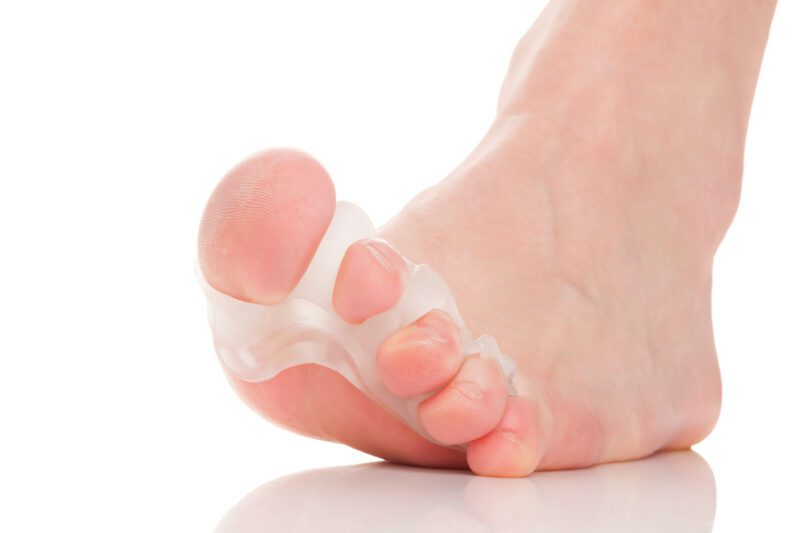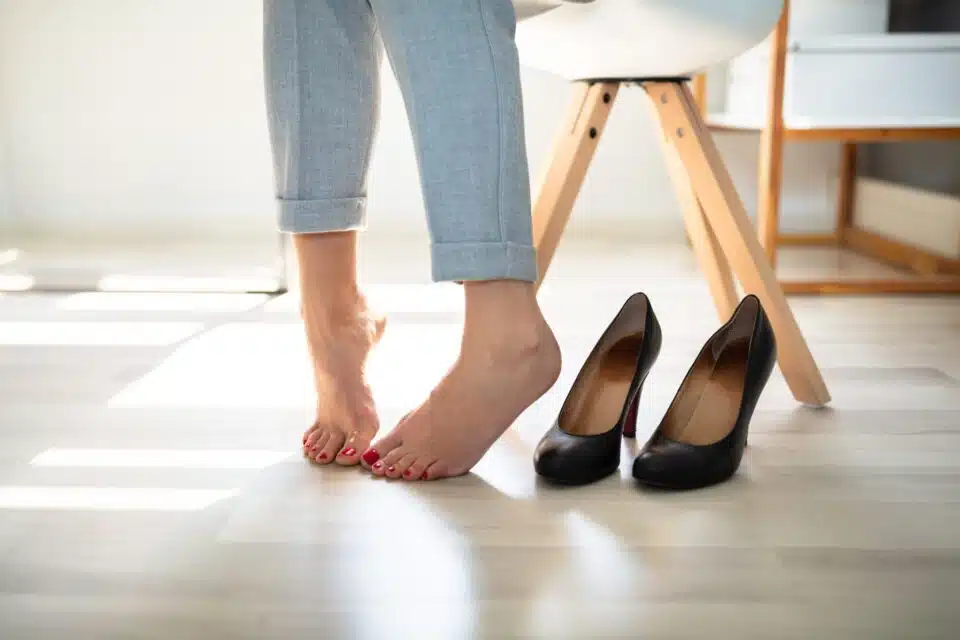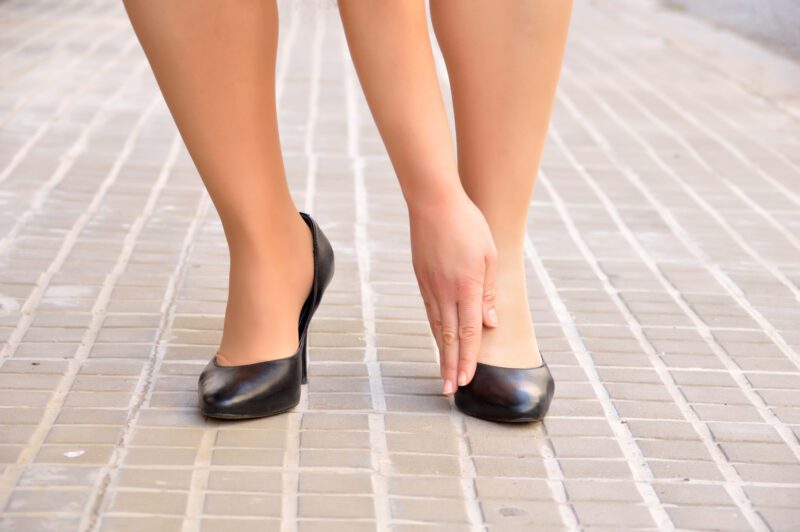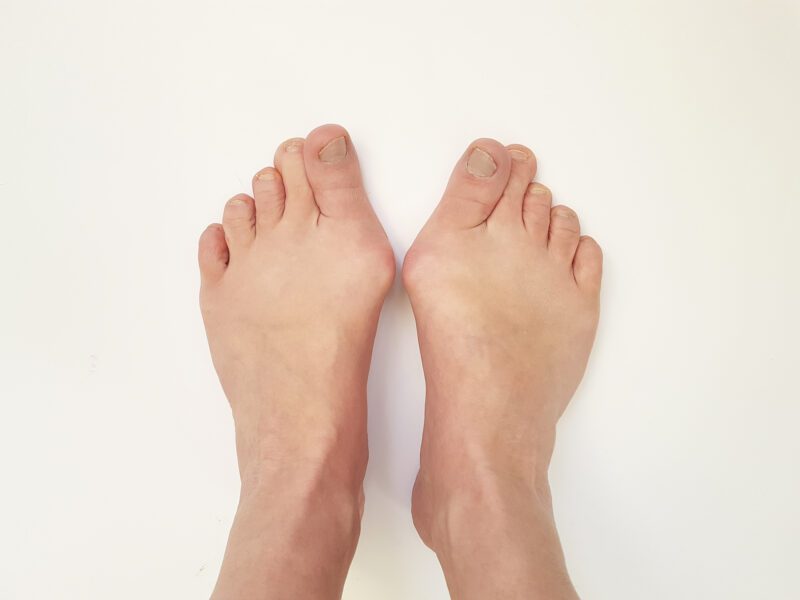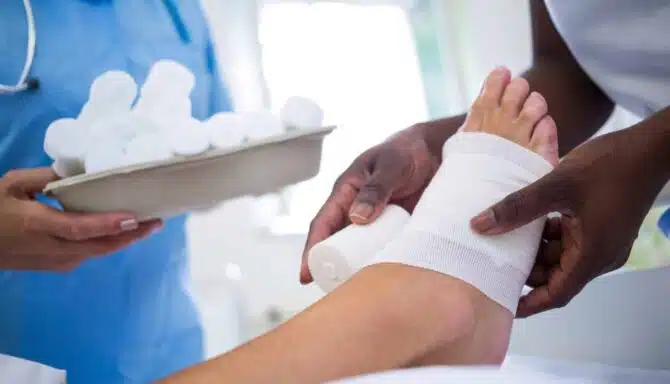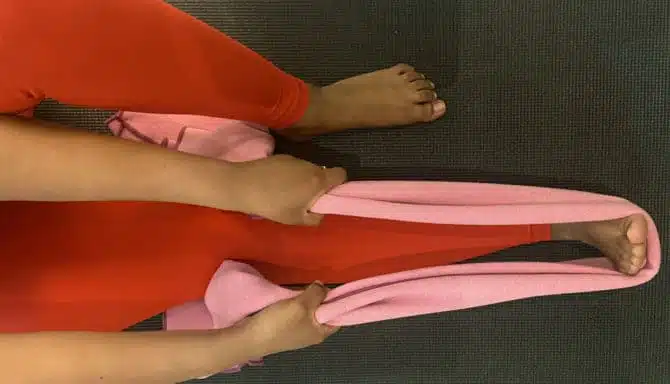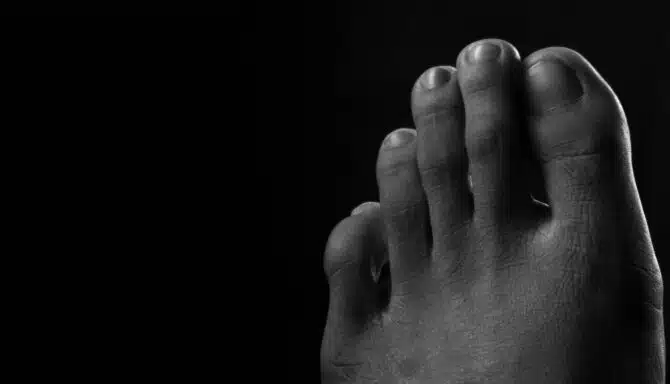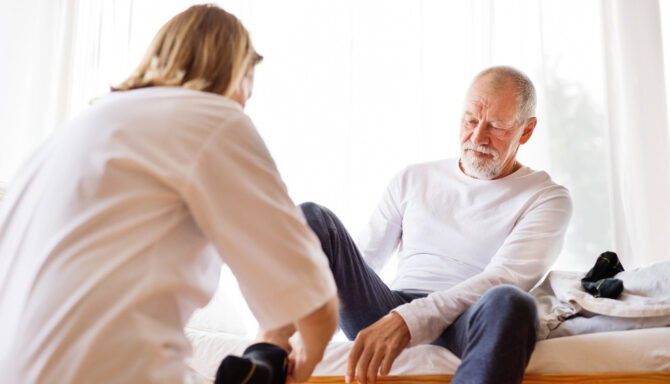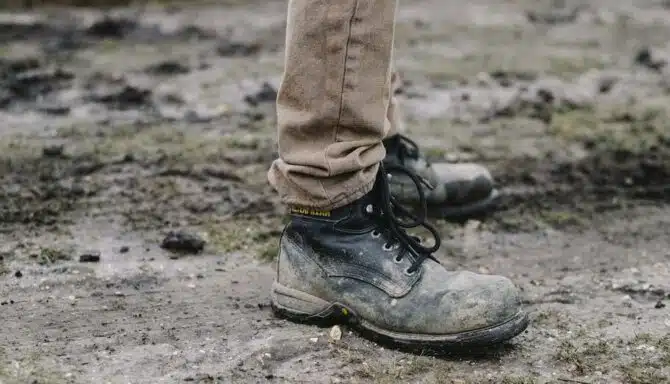May 16, 2022
Mature feet need a lot of love and attention! They've been through a long life and walked many miles. Our bodies also change as we age, which makes feet more prone to several painful foot conditions.
Many women over 65 are looking for easy yet practical solutions to their foot pain. Luckily, we've got the perfect collection of foot pain stretches for women over 65 who want to keep their feet in tip-top shape!
The stretches we'll discuss today allow seniors to experience the benefits of healthy exercise without attempting a vigorous, intimidating program. In fact, you can do all of these foot pain stretches while sitting on a chair, couch or a floor mat. Some you can even do in bed! Click here to learn more about the benefits of stretching and why it's so important for treating and preventing foot pain.
Let's get to it! Here are 5 foot pain stretches for women over 65:
Ankle circles
Toe spread-outs
Towel stretches
Golf ball rolls
Heel stands
1. Ankle Circles
Great for:
Calf muscles
Mobility and stability
Ankle strength
Weak ankles can have a significant impact on balance and mobility, making women over 65 prone to falls and injuries. As such, ankle circles are an easy stretch to perform regularly on your quest towards building strong ankles.
Ankle circles primarily improve mobility and stability and are a suitable exercise for injury recovery. They target and strengthen your calf muscles, building a solid foundation for your feet and ankles. They're also a great way to test and improve your flexibility and range of motion. The movement is also great for breaking up inflammation and stiffness, and managing foot pain.
Instructions:
While sitting (or standing), lift one leg about two inches from the floor.
Move your foot in a circular motion with your toes pointed. One repetition equals one circle, so perform up to five if you're comfortable. Then rotate in the opposite direction.
Repeat with your other leg.
Where You’ll Feel It: Ankles and lower calf
Modifications: If you want to mix it up and up the intensity, you can try “Figure 8” exercises. They can be done while sitting or standing, and are very similar to ankle circles with the following variations:
Instead of lifting your foot off the ground, keep your heel planted; only raise your toes and forefoot.
While keeping your heel planted, move your foot in a figure 8 pattern (like you’re painting an infinity sign with your toes).
2. Toe Spread-Outs
Great for:
Bunions
Strengthening intrinsic foot muscles
Many women over 65 are all too familiar with bunions, a foot condition that targets older women much more often than men. The National Center for Biotechnology Information (NCBI) notes this may be due to women having weaker connective tissue in their feet and wearing tighter shoes and high heels for a large chunk of their lives.
That said, toe spread-outs (sometimes referred to as “toe fanning” or “toe splays”) are among the best foot stretches for women over 65 who deal with bunions and want to reduce their pain. Toe spreads strengthen the intrinsic muscles (deep, hard-to-reach-muscles) in your feet, allowing them to support the affected joints. This lessens bunion-related pain over time, boosts movement and can help prevent the bunion from getting worse. It also helps with many other painful foot conditions, like osteoarthritis and rheumatoid arthritis.
Toe spreads (also called toe splays) are a great exercise for your feet's intrinsic muscles.
Instructions:
While sitting, lift and spread your toes while keeping your heel planted firmly to the ground.
Hold for a few seconds before repeating with the other foot.
Where You’ll Feel it: Toes and the ball of your foot
Tips:
Start by moving your big toe (moving the big toe than the rest of the toes. Just moving that big toe is sufficient to reap the benefit of this exercise.
Don’t worry if your toes don’t actually spread apart when you try this exercise. Just the attempt to spread your toes apart helps strengthen those intrinsic muscles.
Modifications:
If you’re having difficulty with this exercise, try spreading your toes upward while keeping the pinky toe on the ground.
You can also try lifting one toe at a time, or using your hands to do it manually.
To up the ante and reap the benefits of this exercise, you can increase resistance by trying it with a rubber band wrapped around your toes!
In addition to toe spread-outs, you can check out these 5 simple exercises for bunions.
3. Towel Stretches
Great for:
Plantar fasciitis
Tight calves
Achilles tendonitis
Like many other foot conditions, plantar fasciitis affects older adults more frequently than younger people. When you think about it, this makes sense, as older feet have a longer cumulative history of walking round, wearing ill-fitting shoes and withstanding wear and tear. Studies also show that seniors have wider, flatter feet than younger adults, making it more difficult for the foot's arch to support weight.
Another exceptionally easy stretch, the towel stretch, is proven to help alleviate symptoms of plantar fasciitis. It can also help strengthen the Achilles tendon and aid those with Achilles tendonitis or other ankle issues. Tendonitis is an overuse injury, which means it affects older adults and athletes alike. Older adults may also have a weak Achilles tendon due to obesity, diabetes, arthritis, calf tightness, and other foot conditions that cause excess strain on the heel and tendon.
Equipment: For this stretch, you'll need a towel (or exercise band) and preferably an exercise mat for comfort. You can also try doing it on a bed.
Instructions:
Sit on your mat, the floor or your bed with one leg extended in front of you with your other leg bent (knee pointing up)
Wrap the towel around the bottom of the foot of the leg that's extended in front of you.
Holding onto both ends of the towel, gently pull the towel towards you. This will flex your foot and slightly raise it above the ground.
Hold this position for 5-10 seconds, then lower for a break, and repeat 3-5 times.
Switch legs and repeat the process.
Where You’ll Feel It: Plantar fascia area (by the balls and arch of the foot). You may also feel a slight stretch by the ankle, calf and hamstring (essentially, the backside of your leg)
4. Golf Ball Rolls
Roll a ball under your foot to loosen tight foot muscles and relieve foot pain.
Great for:
Fatigued muscles on the bottom of the foot
Blood flow
Plantar fasciitis
Everyone!
The bottom of your feet take on the brunt of everyday activities, making them a critical area in need of foot pain stretches. They're the barrier between you, your shoes and the floor, which can mean constricted and tight ligaments and muscles.
The slight pressure from rolling a ball along the bottom of your foot helps release and relax tight muscles; it’s essentially like a foot massage. Releasing tight muscles eases tension and strain on the joints. Relaxing these muscles also boosts blood circulation, so oxygenated blood can reach critical muscles and ligaments more efficiently, like those in your foot's arch.
Giving the bottom of your feet a little love can also work wonders for the ever-so-common plantar fasciitis. Using a golf ball (or any ball you have on hand) to massage the bottom of your feet is a quick, easy and effective way to stimulate all of these benefits.
Equipment: A golf ball. However, a can, frozen water bottle or therapeutic massage ball also works!
Instructions:
While sitting or standing, run your feet along with the golf ball (or substitution), so it hits all areas of the bottom of the foot.
To establish a pattern, you can start by making a circular motion in the foot's arch before making your way towards the heel and the ball of the foot. You can also focus on tight areas of the foot.
Where you’ll feel it: The underside of your foot.
5. Heel Stands
Great for:
Balance
Blood circulation
Here's another easy stretch for seniors to master! Heel stands work the anterior tibialis muscle in the front of the leg (by the shins) and the calf muscle (backside of the lower leg). These muscles play a critical role in moving and stabilizing our ankles, and lifting our feet when we move.
Heel stands help prevent blood pooling and swelling in the lower limbs by stimulating blood flow. Since you can use a chair to do this stretch, they're also an excellent way to practice the art of steadiness and improve your balance - something important for older adults to help avoid injuries and falls.
Equipment: A chair, countertop or steady object to use for balance
Instructions:
Stand directly behind a chair and lightly rest your hands on the chair's back - using it for balance.
Slowly raise your toes while keeping your heels planted on the ground. Then lower your toes steadily back down.
Try to repeat 10 times. Aim for 3 sets of 10
Where you’ll feel it: Mostly in your shins (front of your lower leg) and calves (back of your lower leg). You may also feel it in the heel and ankle region.
Modifications: As you master your heel raises over time, you can depend less on the chair. For instance, you can try using just your fingertips to hold the chair, and eventually, you may not need it at all!
Looking For More Tips And Stretches? Try These Out!
Feet First Clinic Stretches Pinterest Board
A Beginner’s Guide to Exercises for Relieving Arthritis: Part 1
A Beginner’s Guide to Exercises for Relieving Arthritis: Part 2
The Perfect Stretching Routine
